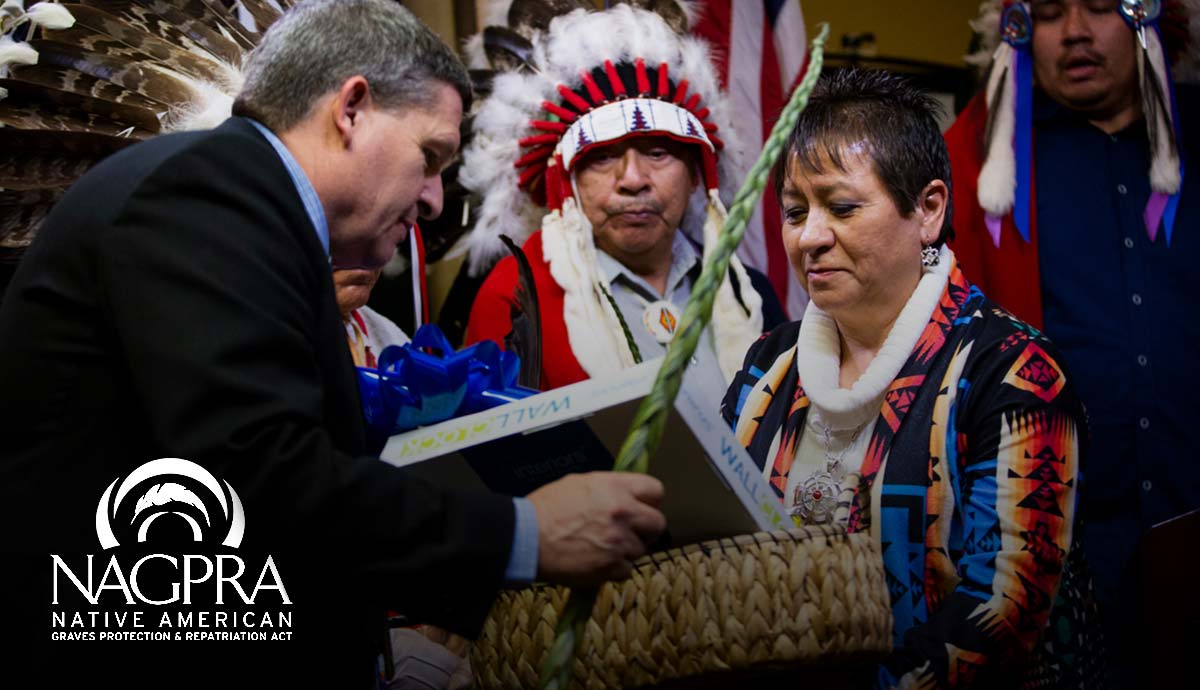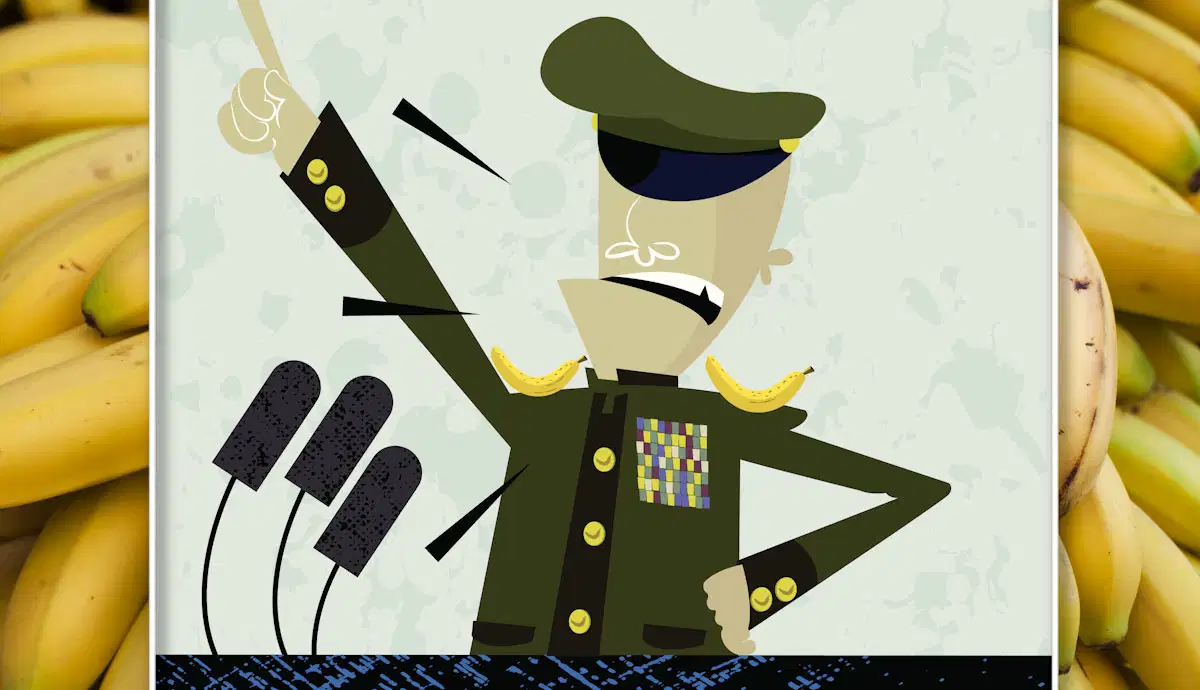
A banana seems innocuous enough, but the history of the fruit is one bathed in blood, racism, and a relentless pursuit of wealth. Today, the most popular fruit in the world ranks as one of the highest export crops in several Central and South American countries. However, large-scale banana cultivation was not a natural manifestation; it was manipulated from the start. Foreign powers, perhaps most predominantly United Fruit, were the puppet masters for the development and growth of the banana industry—at the expense of thousands of lives and an irreparable environmental toll.
Founders of an Empire

The co-founders of the United Fruit Company were business-minded and well-connected from the start. Minor Keith was born in New York in 1848, the son of a lumber tycoon and woman whose family was heavily involved in the prosperous railroad industry. His counterpart, Andrew Preston, hailing from Beverly, Massachusetts, was not as well-connected from birth but excelled at impressing investors and creating profitable projects. Preston had plans for an import business based out of Boston, and with the success of a small fruit business he had engineered working with Captain Lorenzo Dow Baker, he decided to focus on the importation of fresh fruit. In 1887, Preston incorporated the Boston Fruit Company.

Preston soon became heavily involved in the importation of bananas. His biggest challenge was keeping his product fresh and lasting long enough to ensure consumers received a quality, appealing product. Even with a fleet of ships taking the fruit to numerous American ports, including New Orleans and Philadelphia, the life of the picked fruit was relatively limited. To remedy this, Preston created a refrigerated distribution network to take his bananas from the East Coast to points across the United States. With this implementation, the American banana import industry boomed.

Meanwhile, Minor Keith didn’t intend to become involved in the fruit business. He started out in the cattle industry, operating a ranch his father had purchased in Texas. However, in 1871, he left farming when his uncle, Henry Meiggs, a heavy hitter in the railroad industry, invited Keith to Costa Rica to work with him. In that year, Costa Rica’s president, Tomas Guardia Gutierrez, was seeking to implement a railroad running to the Atlantic in order to improve the country’s ability to export coffee.

The finished railroad would connect the capital city, San Jose, with Limon, a port city on the ocean. Keith quickly rose to prominence on the project and took command when his uncle died in 1874. The people conducting the physical labor in building the railroad were locals, Jamaicans, Chinese, and Italians seeking opportunity. Instead, they found work camps with poor sanitation, low wages, and miserable conditions.
Yellow fever quickly made its way through the labor force, depleting it significantly. About 5,000 workers perished during the building project. As a result, Keith imported prisoners from New Orleans to complete the job. As a way to cheaply feed the masses of workers who were on the project, Keith began planting bananas on the land owned by the railroad. Bananas were suited to Costa Rica’s humid air and tropical climate. Believed to have originated in southeast Asia, then spread to Africa and later the Americas, varieties of the fruit have been consumed since the early days of human civilization.
Buying Into Bananas

Once the railroad was completed, Keith began exporting his bananas overland. His first few shipments were quite successful, and Keith started seeking out opportunities to expand his enterprise. He purchased stakes in existing companies and soon transported extensive volumes of fruit to Limon.
Despite his success, in 1899, Keith suffered a setback as his bank failed, and he lost over one million dollars. To help keep his banana empire alive, Keith visited Boston and approached Preston about a potential merger. They settled on terms, and the United Fruit Company was born. Combining their two firms, they controlled 75% of the banana market in the United States. Within one month, they had absorbed seven independent Honduran banana-producing companies under their umbrella.
Creating Banana Republics

United Fruit continued its expansion, and by 1905, it controlled land in Guatemala, Nicaragua, and Panama, in addition to Costa Rica and Honduras. Often, these lands were acquired in trade for railroad construction or other public works projects. As the company’s land grew, so did its political influence in Central America. In some countries, the entire economy centered around the growth of bananas for United Fruit, resulting in designation as “banana republics.”

The United Fruit Company came to control every aspect of their business’ supply chain. They controlled the lives of their workforce, providing housing, medical facilities, and stores for plantation workers. Pathetic wages, few rights, and poor sanitation were the norm, with workers having little freedom to unionize or otherwise demand better treatment. Workers were often paid in vouchers instead of cash, which had to be used at company stores.
Constructing and absorbing telegraph and railroad companies gave the company incredible power in the regions where it operated. While these forms of infrastructure seemed to promise to improve the areas they inhabited, with large populations of people who had traditionally been marginalized on the basis of race, they often failed to do so.
While United Fruit’s vertical integration appeared to bring new technologies, these projects were executed with care, focusing on the company’s profit potential. For example, while new roads were desperately needed in many areas, the company utilized its influence to determine where they would be built amid fears that certain roads might take away from the railroads it built, which had become quite profitable.

Thousands of acres of virgin jungle were razed to create new company banana plantations. The people who lived in these areas were generally poor outsiders who were displaced by these land grabs. With no other options, many went to work for the company.
When disease affected the plants, areas were simply abandoned. For example, in 1903, United Fruit experienced its first bout of Fusarium wilt, or “Panama Disease.” A fungal infection that prevents a banana plant from completing necessary water uptake, the disease is generally fatal to the plants. When the disease was identified, and plants started dying, the company simply abandoned thousands of acres of plantations and went on the search for new land to acquire and convert.
Cultivating Success

In owning every aspect of production and export, United Fruit eventually possessed dozens of ships to move their bananas to the United States. By 1900, 25-30 ships were arriving in American ports weekly from various United Fruit divisions. To help dispel the heat of the tropical sun, the ships were painted white, soon giving them the name “The Great White Fleet.” Soon realizing that there was more profit to be gained from the ships, the company began offering passage on the boats, turning them into combination cargo ships and cruise lines.

Maintaining the banana republics was a major ongoing concern of United Fruit and its competitors, such as Cuyamel Fruit Company (eventually absorbed by United) and Standard Fruit (now known as Dole), who were also heavily invested in Central American politics. The governments of these countries were generally heavily invested in the success of the fruit companies to the disservice of their own citizens. While the companies grew wealthy, building infrastructure that benefitted them, workers remained impoverished and subjugated. United Fruit and its contemporaries saw no issue with interfering with governments to suit their needs.
Puppet Masters of Guatemala

Perhaps the most famous example of this occurred in 1954 when Guatemala elected a new president, Jacobo Arbenz, the first to be chosen democratically. One of Arbenz’s moves was to take thousands of acres of United Fruit lands and redistribute them to landless peasants. In return, the company would receive government bonds based on the tax value that they themselves had declared on the land: $627,572 for 209,842 acres of land.
United Fruit immediately went on the defensive, hiring a public relations company to smear Jacobo Arbenz in the US media. He was framed as a communist, and in Cold War-era America, this generated fear and distrust against Arbenz.

United Fruit’s governmental reach was not limited to Central America. In fact, at the time of Arbenz’s election, the company’s legal matters were represented by the US Secretary of State under Eisenhower, John Foster Dulles, and his law firm, Sullivan & Cromwell. Dulles’ brother, Allen, was the director of the CIA and owned shares in United Fruit, previously serving on its board. The president’s private secretary was married to United Fruit’s public relations officer. This broad, tangled reach was often compared to an octopus, earning the company the creature’s Spanish name, el pulpo, in its operation areas.

While Arbenz had opened governmental participation to communists in Guatemala for the first time, he did not consider himself one. In a country of over three million, about 4,000 people were registered as communists in 1954. Regardless, with his extension of political freedoms and his land redistribution ideas being targeted by United Fruit propaganda, the US saw him as a threat to global democracy.
The CIA was authorized to lead an operation to overthrow Arbenz. Government players chose a Guatemalan, Carlos Castillo Armas, to lead the operation, and efforts to remove Arbenz began. Unaware of the American role in the coup, Arbenz reached out to his believed ally for help. Finding no support, he resigned and left Guatemala.
Armas took over as a military dictator, branded by the American media as the “liberator” of the people. Armas removed voting rights for many Guatemalans and reversed Arbenz’s land reforms, but he was friendly to United Fruits’ operations. By 1960, Guatemala was engulfed in a civil war that was characterized by abductions, murder, and mutilation over a 36-year period.
The Tentacles Maintain Their Hold

Despite its controversial past, United Fruit is still thriving today, now operating under the Chiquita brand. Americans today consume about thirty pounds of bananas per capita per year and are far from the only country where the world’s most popular fruit reigns supreme.
Currently, Chiquita has fallen to number two in North America in terms of banana sales, behind Dole, though it remains number one in the European Union. It distributes fruit in more than 70 countries, with bananas generating about 44% of the company’s total revenue. Other than a brief scandal in the 70s, in which bribes to Honduran officials in exchange for reduced taxes were exposed in the media, United Fruit and its subsidiaries’ actions throughout history have largely gone unanswered. Profits above people and the land seem to be the focus of the company’s legacy.










